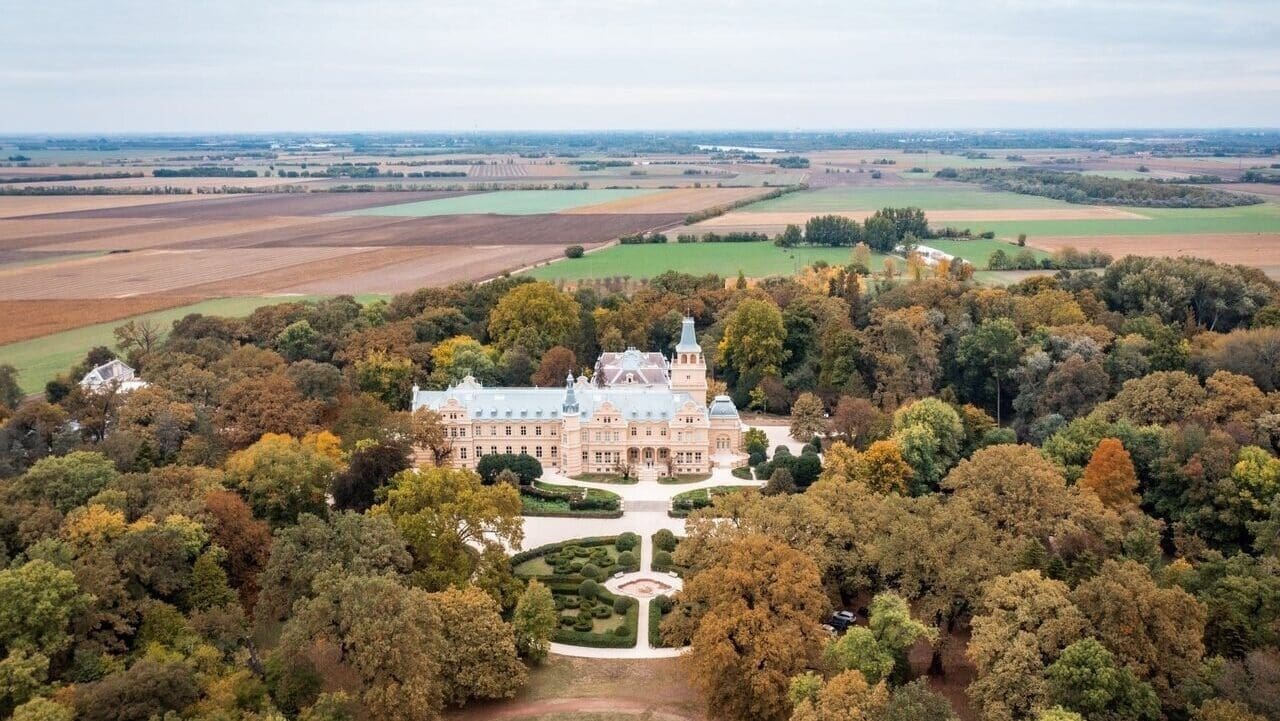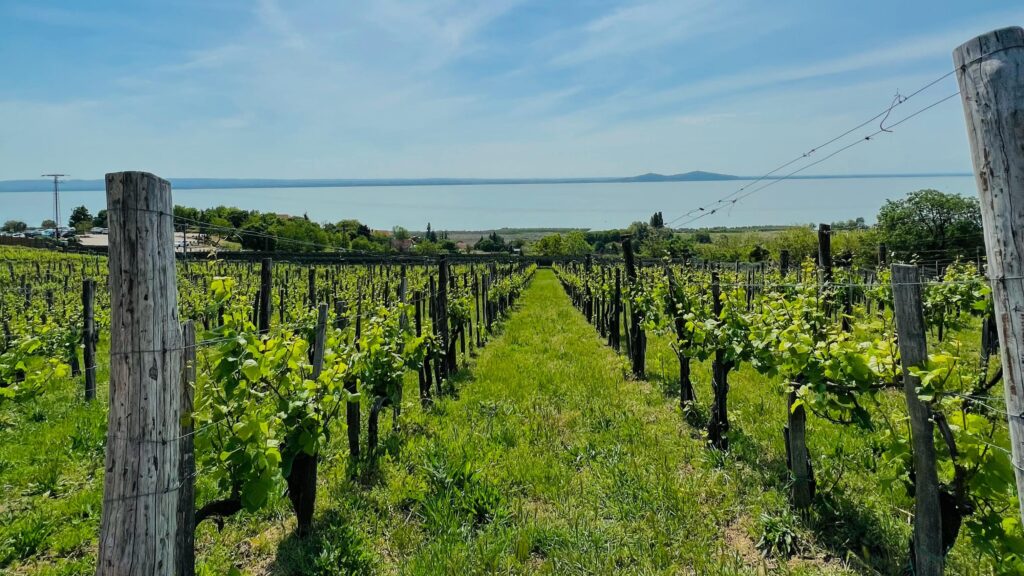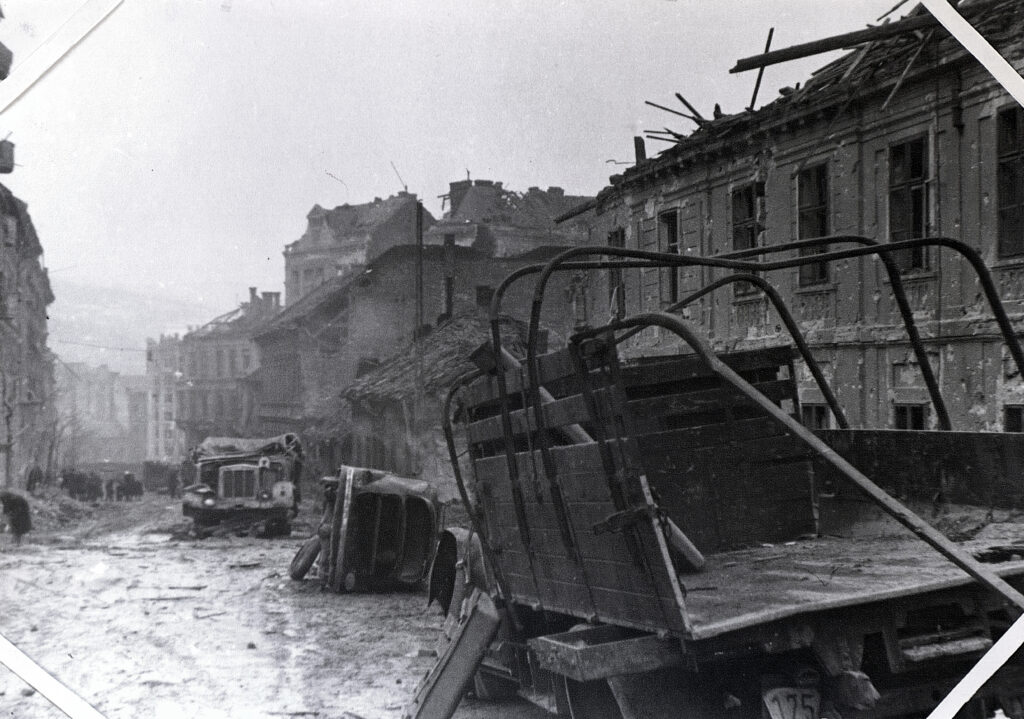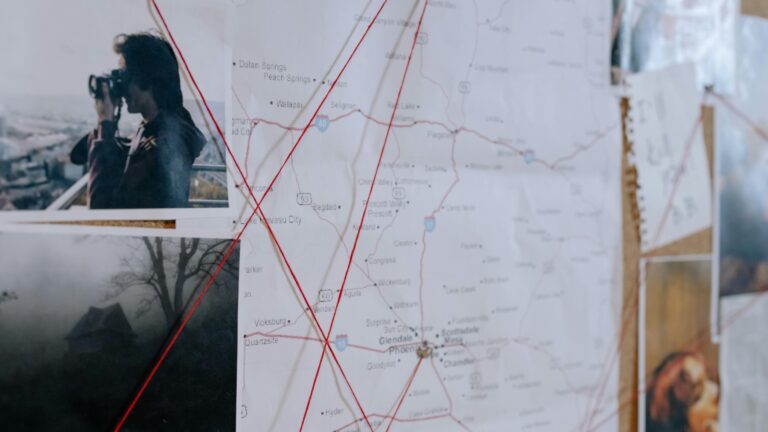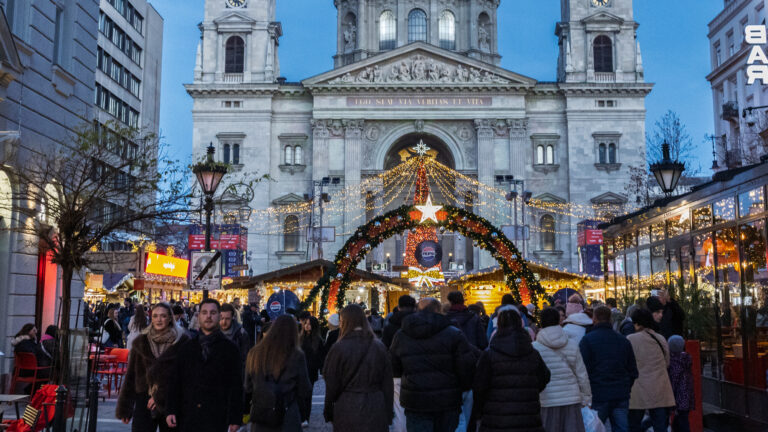It is quite natural to expect a patriotic, Christian conservative government to conserve and preserve, as it is an intrinsic value of Christians to look upon the world as God’s beautiful creation, and of conservatives to believe that we are stewards of the built heritage left to us by our ancestors. The Fidesz government lives up to those expectations, as demonstrated, among others, by its comprehensive efforts to restore to their original splendour formerly neglected urban and rural areas and edifices of historical importance.
One of the most spectacular endeavours of the Orbán government has been the restoration of the Castle District under the National Hauszmann Programme, named after the greatest Hungarian architect of the turn of the 19th and 20th centuries, Alajos Hauszmann, who, among other masterpieces, had designed, in his signature historicizing style, the Buda Castle. Thanks to the programme, the entire Castle district has been gentrified, including such magnificent buildings as the Palace of the Royal Guards and the Royal Stables. The so-called Sándor Palace, which was almost completely destroyed during the WWII siege of Budapest, was also restored under the first Orbán government between 2000 and 2002 and at the time was meant to house the offices of the prime minister of Hungary, but the Socialist Medgyessy government decided to designate the palace as the residence of the Presidents of the Republic of Hungary.
Several other ambitious architectural-landscaping projects have changed the face of Budapest over the past two decades
Several other ambitious architectural-landscaping projects of the various Orbán governments have changed the face of Budapest over the past two decades, transforming the capital from a city that was only the shadow of its true self into a splendid, modern, but at the same time historical metropolis. Just to name a few of the most significant ones: the complete restoration and renovation of Kossuth Square, which turned a bleak and sullen square covered with an asphalt blacktop into a magnificent public space worthy of the Parliament building it houses; the Millenáris Park and Cultural Centre, created on the side of the former Ganz industrial complex, which was awarded the Europa Nostra Prize in 2002; the comprehensive gentrification of the Palace Quarter of Budapest’s 8th district, dubbed Europe’s Inner City, which started in 2010 and is still ongoing, and has transformed one of the capital’s most decrepit historical areas into a splendid and vibrant district; the Liget Budapest Project, which envisioned and realized the complete renewal of Budapest’s largest and most iconic public park and within the framework of which the outstanding new buildings of the House of Hungarian Music and the Museum of Ethnography have been built.
It is not only the architectural heritage of the capital city that the Fidesz government has been eager to preserve, but that of the countryside as well. Already in 2000, in the second year of the first Orbán government, the launch of the Countrywide Castles Programme was announced at the then ruinous medieval fortress of Füzér in North-Eastern Hungary. The 2002 election defeat of Fidesz meant that the ambitious programme was suspended, but it was relaunched after the landslide victory of 2010 within the framework of the National Castles and National Fortresses Programmes. Füzér, the renovation of which started more than a decade ago and is still ongoing, has symbolic significance, as it was the place where the Holy Crown was hidden by baron Péter Perényi, Guard of the Crown, after the disastrous Battle of Mohács in 1526 and where it was kept safe for more than a year. The renovation of the fortress is to be completed in 2026, to mark the 500th anniversary of the rescuing of the Holy Crown. The already beautifully rebuilt fortress of Füzér definitely merits a visit, as does the fortress of Regéc, located in its immediate vicinity, also restored as part of the government’s programme, financed with partly national and partly EU funding.
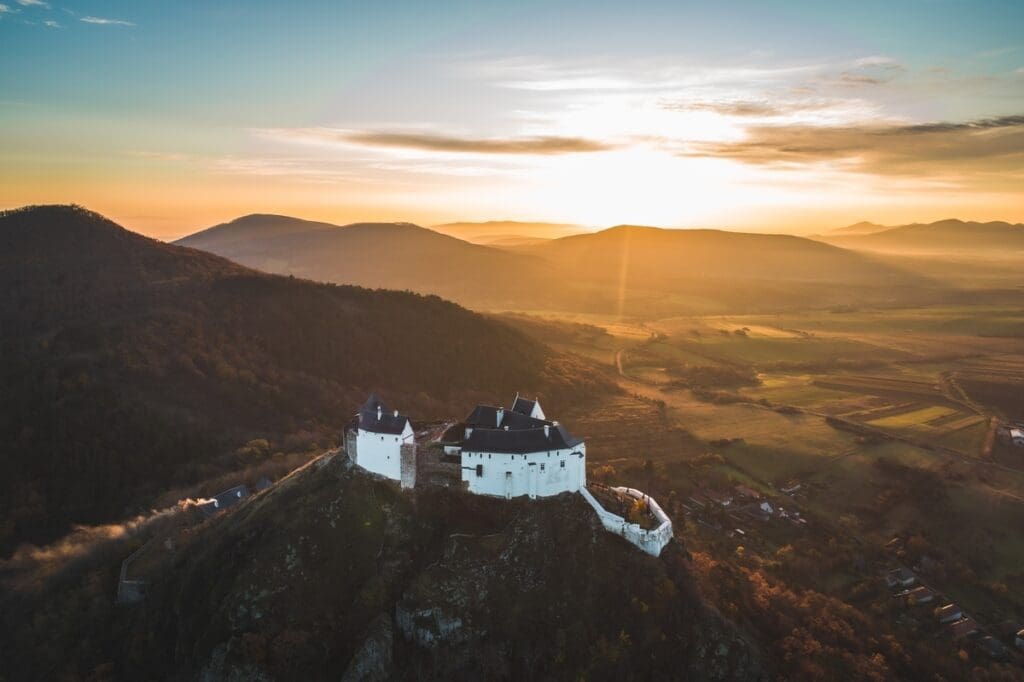
PHOTO: NKVP.HU
Of the numerous countryside castle reconstruction projects overseen by the National Heritage Protection and Development Non-Profit Ltd., let me highlight three that are perhaps less known to the Hungarian Conservative reader.
The Wenckheim Castle in Szabadkígyós (formerly Ókígyós) is probably the most glamorous building in South-East Hungary, located at an equal distance from Békés County’s two most important cities, Békéscsaba and Gyula. It was built between 1875 and 1879 according to the designs of the epoch’s celebrated architect, Miklós Ybl, in historicizing, German neo-Renaissance style, conferring a fairy-tale appearance to the beautiful palace that was much praised at the time in aristocratic circles. The castle was commissioned by the Wenckheims, Krisztina, who was also née Wenckheim, as her husband, Frigyes Wenckheim was her cousin’s son. The couple had seven children and were known to be very hospitable, with many important members of Hungary’s eminent aristocratic families visiting on frequent occasions, also to admire the castle’s impressive English park. In 1893, even Emperor Francis Joseph paid a visit to Ókígyós. The renovation of the castle was completed earlier this year and now both the building and the wonderful park are open to visitors. The castle also houses an interesting, interactive exhibition. Although it is indeed quite far from Budapest, it is definitely worth a tour.
The renovation of the castle was completed earlier this year and now both the building and the wonderful park are open to visitors
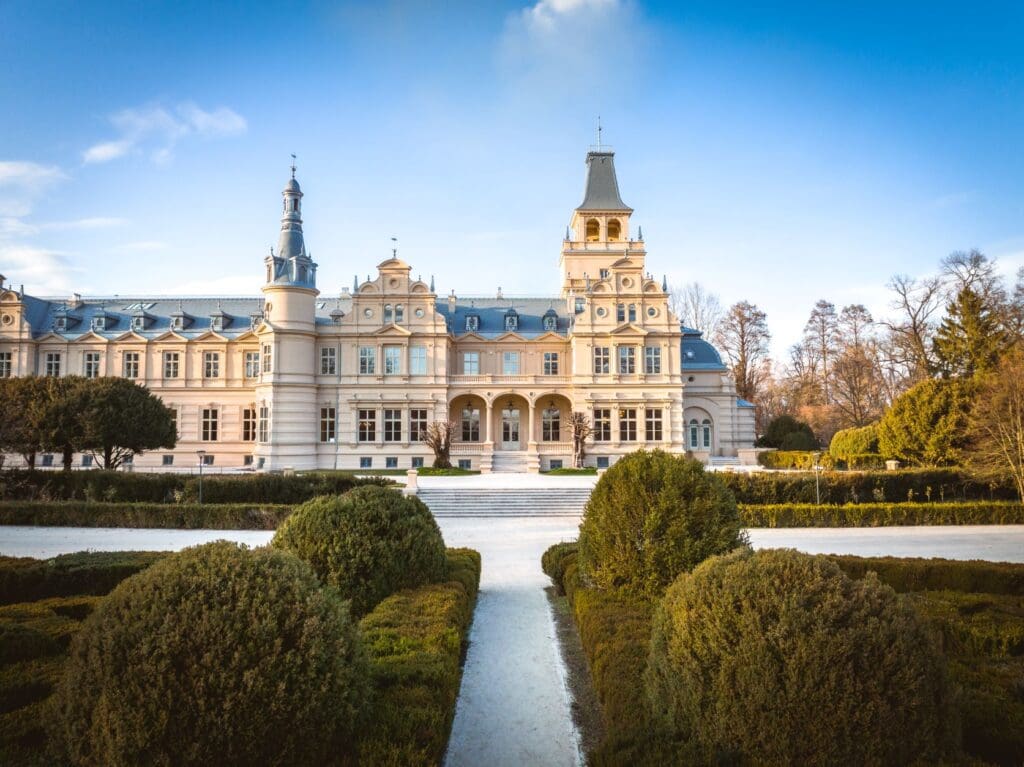
PHOTO: NOF.HU
It is not only the architectural heritage of the capital city that the Fidesz government has been eager to preserve, but that of the countryside as well. Already in 2000, in the second year of the first Orbán government, the launch of the Countrywide Castles Programme was announced at the then ruinous medieval fortress of Füzér in North-Eastern Hungary. The 2002 election defeat of Fidesz meant that the ambitious programme was suspended, but it was relaunched after the landslide victory of 2010 within the framework of the National Castles and National Fortresses Programmes. Füzér, the renovation of which started more than a decade ago and is still ongoing, has symbolic significance, as it was the place where the Holy Crown was hidden by baron Péter Perényi, Guard of the Crown, after the disastrous Battle of Mohács in 1526 and where it was kept safe for more than a year. The renovation of the fortress is to be completed in 2026, to mark the 500th anniversary of the rescuing of the Holy Crown. The already beautifully rebuilt fortress of Füzér definitely merits a visit, as does the fortress of Regéc, located in its immediate vicinity, also restored as part of the government’s programme, financed with partly national and partly EU funding.
Of the numerous countryside castle reconstruction projects overseen by the National Heritage Protection and Development Non-Profit Ltd., let me highlight three that are perhaps less known to the Hungarian Conservative reader.
The renovation of the castle was completed earlier this year and now both the building and the wonderful park are open to visitors
The Wenckheim Castle in Szabadkígyós (formerly Ókígyós) is probably the most glamorous building in South-East Hungary, located at an equal distance from Békés County’s two most important cities, Békéscsaba and Gyula. It was built between 1875 and 1879 according to the designs of the epoch’s celebrated architect, Miklós Ybl, in historicizing, German neo-Renaissance style, conferring a fairy-tale appearance to the beautiful palace that was much praised at the time in aristocratic circles. The castle was commissioned by the Wenckheims, Krisztina, who was also née Wenckheim, as her husband, Frigyes Wenckheim was her cousin’s son. The couple had seven children and were known to be very hospitable, with many important members of Hungary’s eminent aristocratic families visiting on frequent occasions, also to admire the castle’s impressive English park. In 1893, even Emperor Francis Joseph paid a visit to Ókígyós. The renovation of the castle was completed earlier this year and now both the building and the wonderful park are open to visitors. The castle also houses an interesting, interactive exhibition. Although it is indeed quite far from Budapest, it is definitely worth a tour.
The Károlyi Castle of (Füzér)Radvány is located in another, relatively remote corner of the country. Situated at just a few kilometres from the Slovak border in the north of Hungary, the castle has been recently restored to its one-time splendour. The area had been the property of the Károlyi family from 1686, when Leopold I of Habsburg, who was not just Hungary’s king but also the Holy Roman Emperor, bestowed the castle and estates of Füzér on Baron László Károlyi. The family later obtained the noble title of count (ear in the Anglo-Saxon terminology.) The Károlyis gradually rebuilt and expanded the late Renaissance palace they inherited from the former owners of the estate, the Rétheys, but then from about 1846 to 1877, Ede Károlyi, the heir of Radvány estate, had most of the original building pulled down and reconstructed in a historicising style, based on his own, as well as Miklós Ybl’s plans. The count himself drew up the concept of the palace’s special octagonal tower. From 1938, the palace housed a “palace hotel” counting, in part, on the sport of hunting, which was a particularly novel idea in Hungary in the 1930s, although there were a good number of European forerunners, especially in English country mansions. Although historicist from the outside, the palace has authentic, unadulterated Italian Renaissance interior design details.
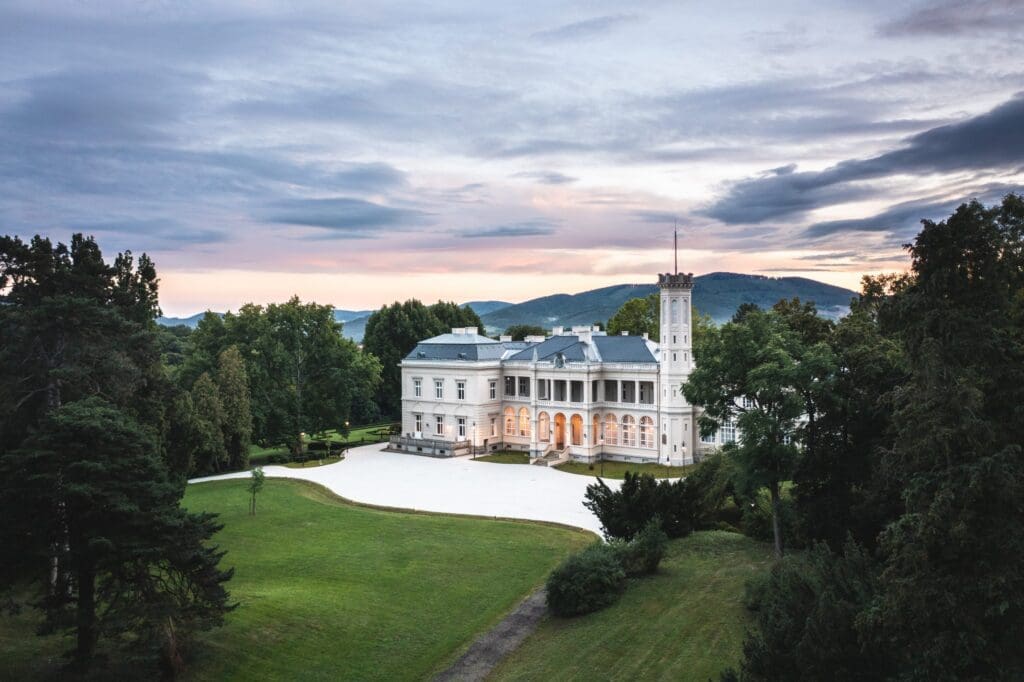
PHOTO: NOF.HU / ZOLTÁN KOVÁCS
The extensive palace park that surrounds the palace has a unique atmosphere. The renewed historical garden amazes visitors with its promenades, bridges across streams, fishponds, plane trees, wide-spreading linden trees, multi-trunked tulip trees and pyramidal English oaks.
Those who wish to remain closer to Budapest should not miss the also recently renovated Esterházy Mansion
Those who wish to remain closer to Budapest while discovering the country’s hidden architectural gems should not miss the also recently renovated Esterházy Mansion – Camaldolese Hermitage complex in Oroszlány-Majpuszta. A visit to Majk, located at a mere 75 km from the capital city, offers both spiritual accretion and active recreation. The history of the building complex goes back to the 18th century, when the hermits taking a vow of silence of the Camaldolese Hermits of Mount Corona order settled in Majkpuszta. The building complex, unique in Europe, lies surrounded by woods and near a lake. The hermitage was erected by Count József Esterházy. The foundations of the church once rising in the centre of the hermitage were laid in 1753. Seventeen austere cell-houses surrounding the church steeple and the one-time monastery that was later turned into the Esterházy Mansion preserve the memory of the hermits who once lived here. The tiny houses standing on an area encircled by a wall were built from the donations of aristocratic families whose coat of arms are shown on the main façade of the houses. The furnishings in the rooms of the monastery are faithful representations of the epoch. Wandering within the walls radiating unusual tranquillity, visitors can experience the peace of the monks living in silence.
The above are only a few examples of the massive cultural heritage preservation efforts of the Orbán government, which not only contribute to raising awareness about Hungary’s unique built heritage, but also revitalize entire regions by generating tourism and creating employment opportunities.

